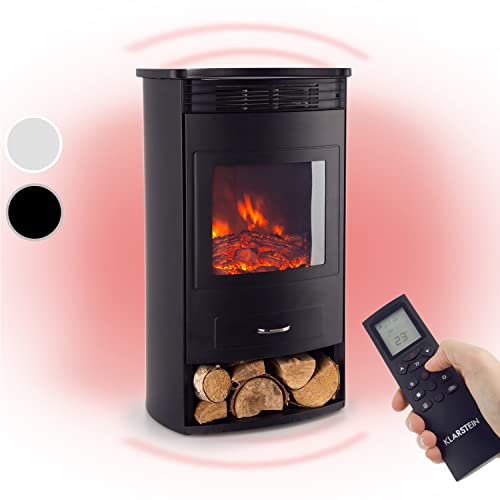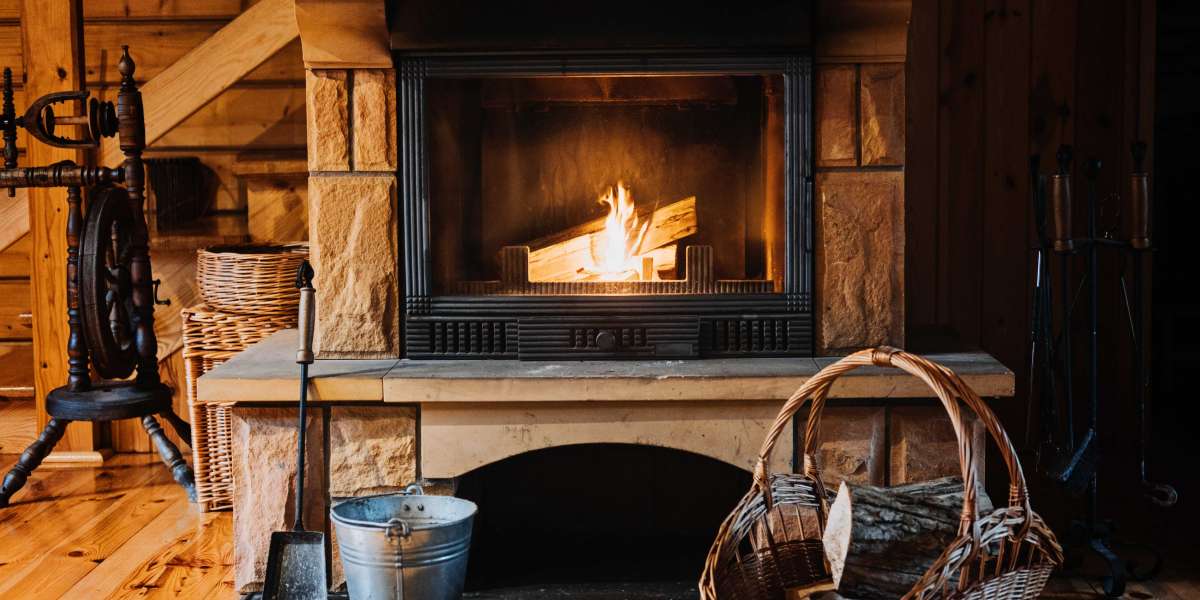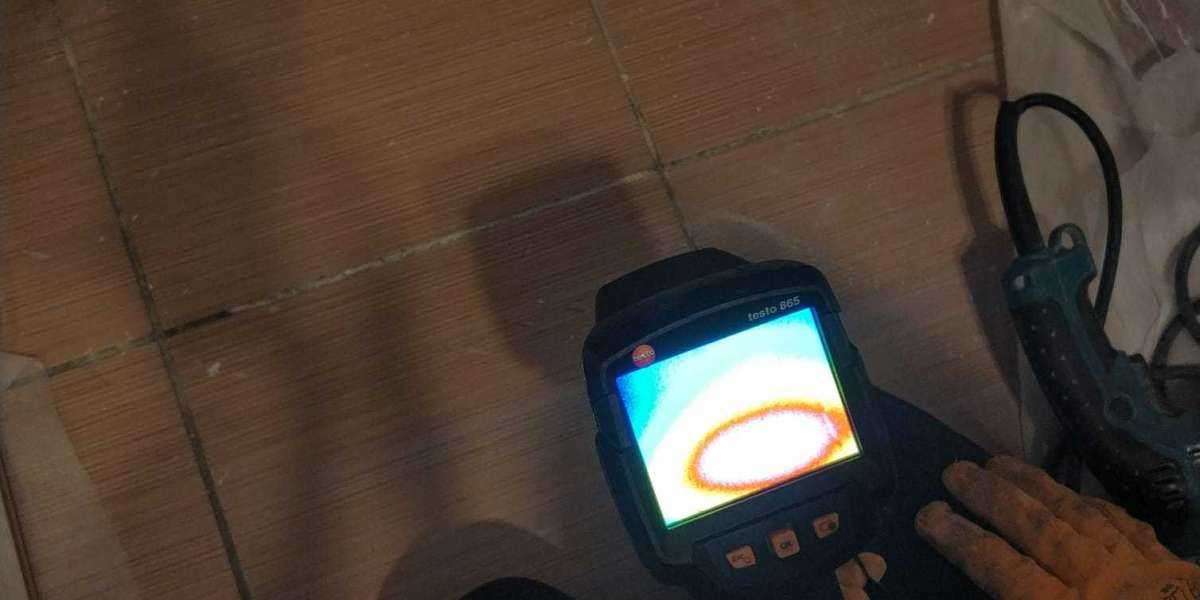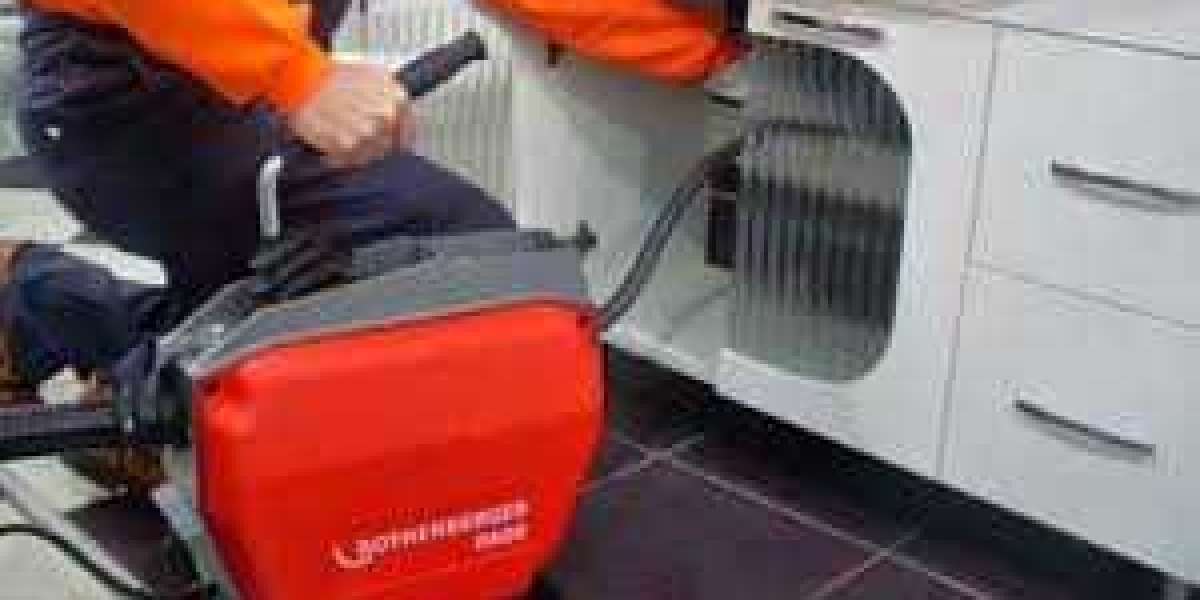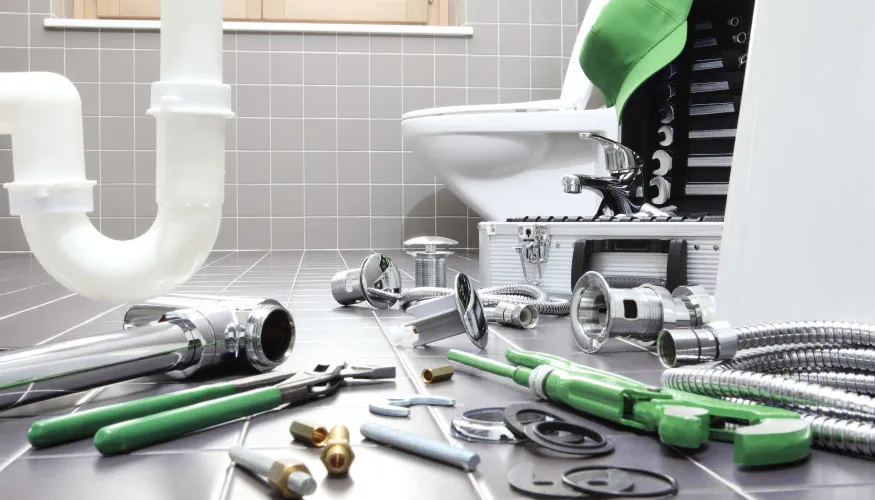 Bio-Ethanol Fireplaces
Bio-Ethanol FireplacesEthanol fireplaces offer an impressive alternative to traditional wood burning stoves, without the need for a chimney. To use them safely you need to take care. First of all, you should not pour additional fuel into the flame when it is lit.
A complete fire set, like Mano Mano's Adam Solus Fireplace Set with Colorado Bio Ethanol Fire Black PS569 can completely transform your home quickly.
Cost
Ethanol Fireplaces are a great option to create a stylish and cosy feature to your home, without the cost associated with wood or gas fireplaces. They have a few distinct advantages over their counterparts that are: they don't require a chimney or flue, and they don't cost anything to set up (except for the cost of constructing a fire surround). They are also portable and can be used indoors as well as outdoors. They can also be taken with you when you move house!
Bio-ethanol fireplaces come in a variety of styles, so you can find the perfect fit for your space. Some are freestanding, while others are wall-mounted or inserted into a fireplace or stove. Some are remote-controlled! They can also be used as patio heaters in outdoor areas. They're a great way to add a bit of warmth to your home, especially during winter.
The cost of a bioethanol fireplace varies based on the model you pick and the number of features it has. A basic tabletop model could cost as low as $50 however a more costly one could cost as much as $600. The cost of the fuel required for an ethanol fireplace is considerably less than that of a wood or gas fireplace.
All ethanol fireplaces come with a burner that burns ethanol and creates a flame. Some have a built-in safety mechanism to avoid overheating and fire hazards, while others operate manually using matches or lighters. In addition the bio-ethanol fireplace may be set to stop burning at any time, preserving the remaining fuel.
The average cost of a bio-ethanol fireplace is PS300 or less, however you will pay more for a larger and more advanced model. The cost can also vary based on the type of burner and whether it is an automatic or manual burner. The automatic bio-ethanol model could be more expensive than the manual model. However, the additional features make it worth the money.
Ethanol fireplaces could be a good alternative to a wood or gas fireplace, however, you should take into consideration the installation costs and the cost of fuel before purchasing one. If you're uncomfortable installing a fireplace by yourself, hire a professional installer to install it for you. The cost of installation is significantly less than installing a traditional gas or wood fireplace, and it'll save you money in the long run.
Energy efficiency
In contrast to traditional fireplaces that require a chimney and use fuels like coal, wood, or gas fires that produce carbon monoxide and pollution bio-ethanol fires release only water vapour and smoke that is odorless. This means they are safer to use indoors and provide an eco-friendly alternative to other fire options.
In general bio-ethanol fireplaces tend to be more affordable to operate than traditional ones. They are also more efficient in that they use less energy and generating a lesser amount of heat. They are available in a variety of fashionable designs, ranging from traditional open fire look and stoves to contemporary and ultra-modern bioethanol burners that have glass frontages. They can be mounted on the wall or freestanding and are suitable for any space. They can be moved from one house to another, making them ideal for renovations or new construction where chimneys have already been removed.
They are extremely safe to use, however there are a few things to be aware of. You should not add any additional fuel to a bioethanol fire that is still burning. If you try to do this, it could cause the flames to spread and can possibly ignite nearby flammable materials. Avoid touching the nozzle of the burner or the burner itself when it is running.
These fires can also be employed in areas where chimneys aren't permitted. Contrary to open and wood-burning fires they don't require a flue or chimney and can be fitted to existing walls, reducing the expense of building a chimney. They are also easier to maintain and you can buy fake flues for an aesthetic appearance.
Another benefit is that they can be used outside and inside, allowing you to enjoy your fireplace throughout the year. But, you must keep a fireplace away from combustible materials and make sure it's not placed near furniture or curtains that could easily catch fire. Also make sure you don't leave a bio-ethanol fire place unattended or move it when it's running.
Bioethanol fuel is a renewable energy source is the combination of plant sugars and yeast with water. It's a greener alternative to fossil fuels such as petroleum or coal since it utilizes modern biochemical processes instead of geological ones. It's also healthier for the environment because it creates more oxygen and produces less CO2. Biofuels can be made from organic and non-organic substances, but the most popular is the agricultural waste.
Safety
Bioethanol fireplaces are a secure and environmentally friendly alternative to traditional wood or gas fires. They produce real flames, but burn clean with no smoke or particles, and emit only water vapour and a small amount of carbon dioxide. This is the same CO2 that is absorbed by the plants used to produce the fuel and causes less harm to the environment.
When using a bio-fireplace, it is important to adhere to all manufacturer guidelines for proper use and safety precautions. For example it is not recommended to add fuel to a fire until it is completely out of flame. This is because bioethanol can splash or spill, and it could cause a fireball that could set flammable objects nearby to catch fire.
Keep children and other materials that are flammable away from the flame as a slight wind could cause the fuel to catch the flame. Place the fuel in a location that is safe and out of the reach of children or pets. If you have any concerns or questions, you should contact the manufacturer.
The ethanol fireplace is a great option to save money and giving your home a warm glow without the hassles of a wood burning stove or chimney. They are easy to operate and can be put anywhere within your home, whether outside or inside. They are also available in different styles and designs, making them an excellent choice for any home decor.
Many companies provide full installation services, so that you can put in bio-ethanol fireplaces quickly and easily. Some companies offer a no-cost consultation to help you decide. It is recommended to obtain an estimate prior to making an investment. The price of a bio-ethanol fireplace can vary based on a variety of factors.
The cost of installing a bio-ethanol fireplace depends on the type of fire you choose and the size of your area. You can expect to pay just a few hundred dollars for an ordinary fireplace, and up to a few thousand dollars on a more advanced model.
Installation
Ethanol Fireplaces are popular among homeowners who are looking to keep their homes warm. They are a great alternative for fireplaces with wood burning. Ethanol burns cleanly, and produces less as ash than wood-burning fireplaces. But there are some things you should know before purchasing.
It is important to first decide if you want a freestanding fireplace or an in-built fireplace. Freestanding bio-ethanol fire places can be moved easily from one room to another and some are suitable for outdoor use. If you decide to install a bio-ethanol fireplace, you will be required to install it yourself or employ a professional installer. It's worth it. A built-in ethanol fireplace is the focal point of your home and increase its value.
Some bio-ethanol fireplaces appear like open fires or woodburning stoves, while others have a contemporary feel. In any case, they're safe for indoor use as long as you follow the safety guidelines provided by the manufacturer. You should utilize a bioethanol fireplace in rooms that have good airflow. Don't put it near anything that could ignite.
Bioethanol fires are also renowned for their stunning flames, that create a stunning effect that is perfect for bringing the home's decor together. They are easy to install and do not require an electric supply or a flue, making them perfect for traditional or modern homes. Certain companies provide zero clearance fireplace inserts that permit you to build custom-built ethanol fireplaces that are built in non-combustible surrounds.
The price of a fireplace that is fueled by ethanol can vary based on the dimensions, style, and accessories. It is also important to decide if you want an manual or automatic burner. Manual burners require a lighter or match to light and come with the smell of cigarettes that some do not like. An automatic burner, on the other hand offers many advantages over a manual one. It can save you both time and money.
A bio-ethanol fireplace also has the advantage of not requiring a chimney. This makes it a great choice for homes with newer construction. They are also cheaper than wood-burning fires and mains gas. However, they do not generate the same amount of heat as kiln-dried logs or electricity, and therefore they should not be your primary heating source.
